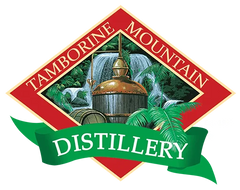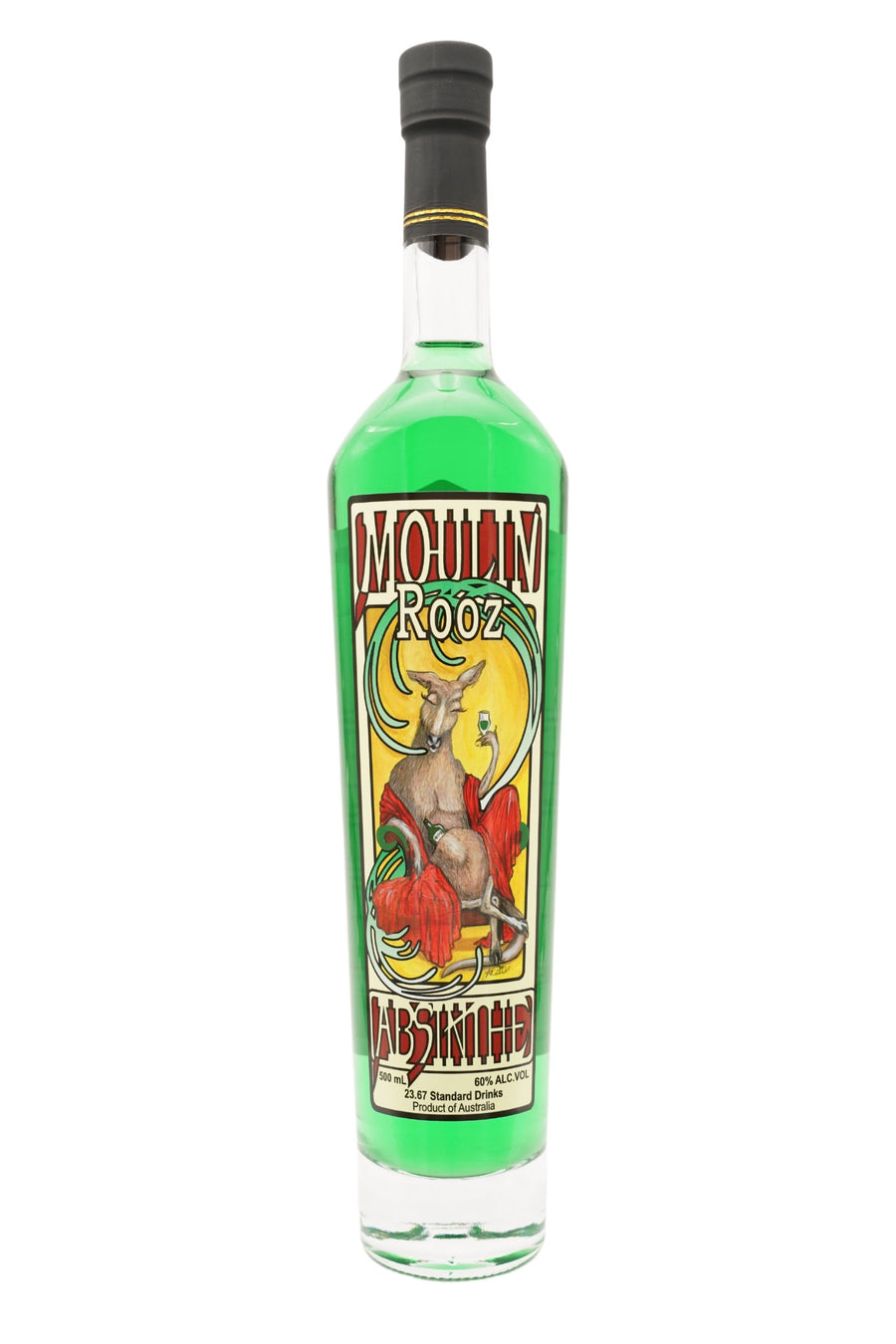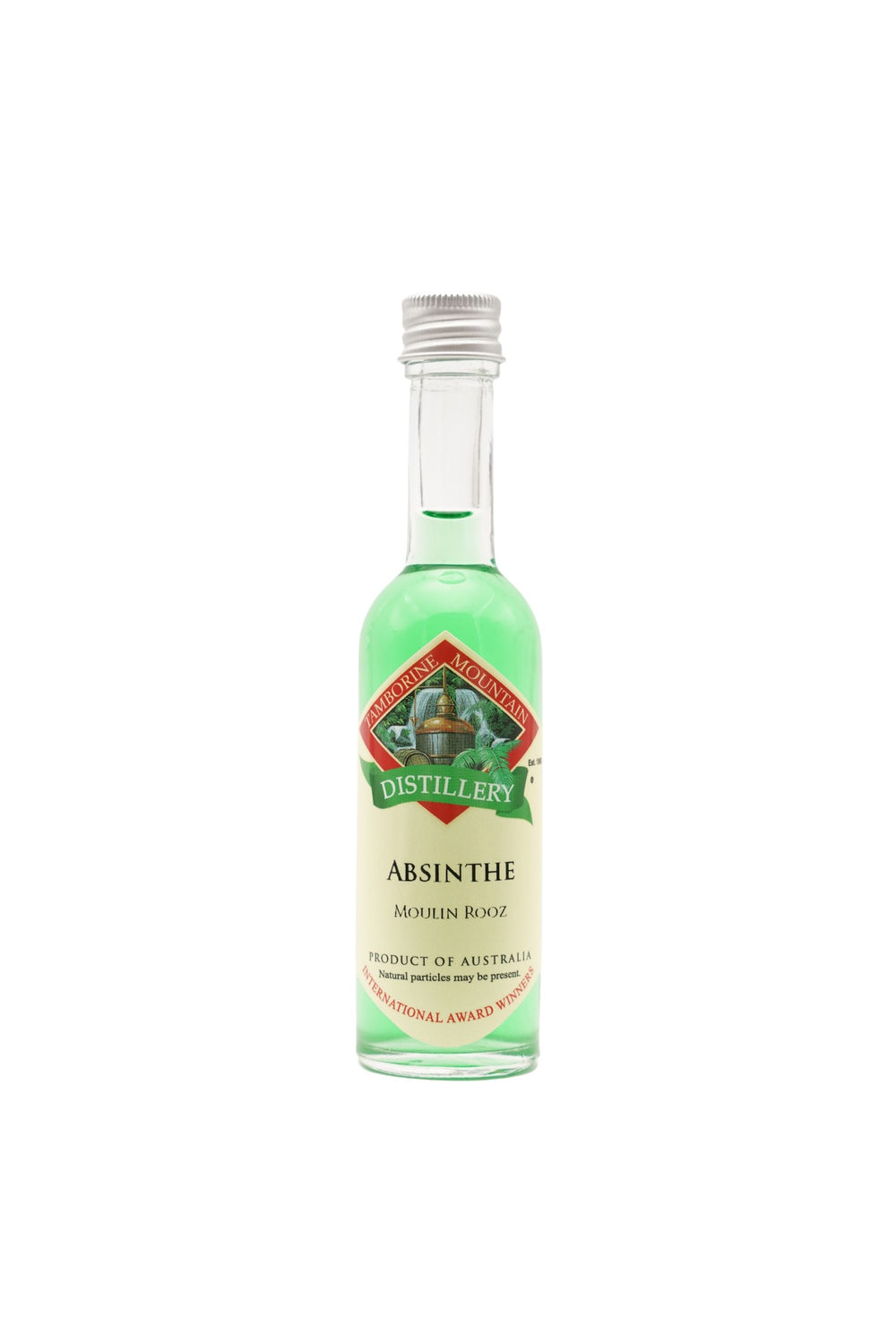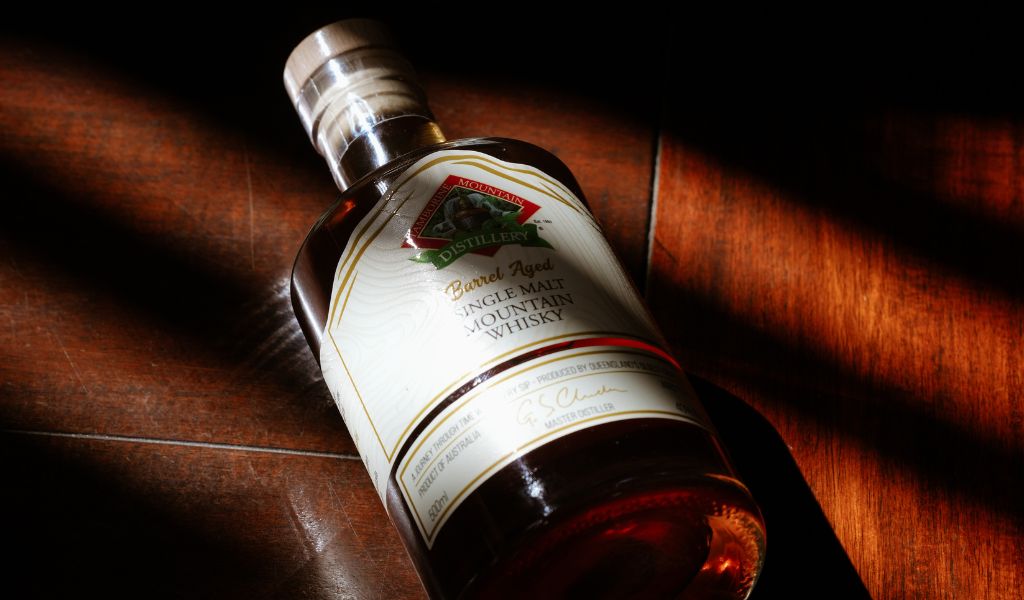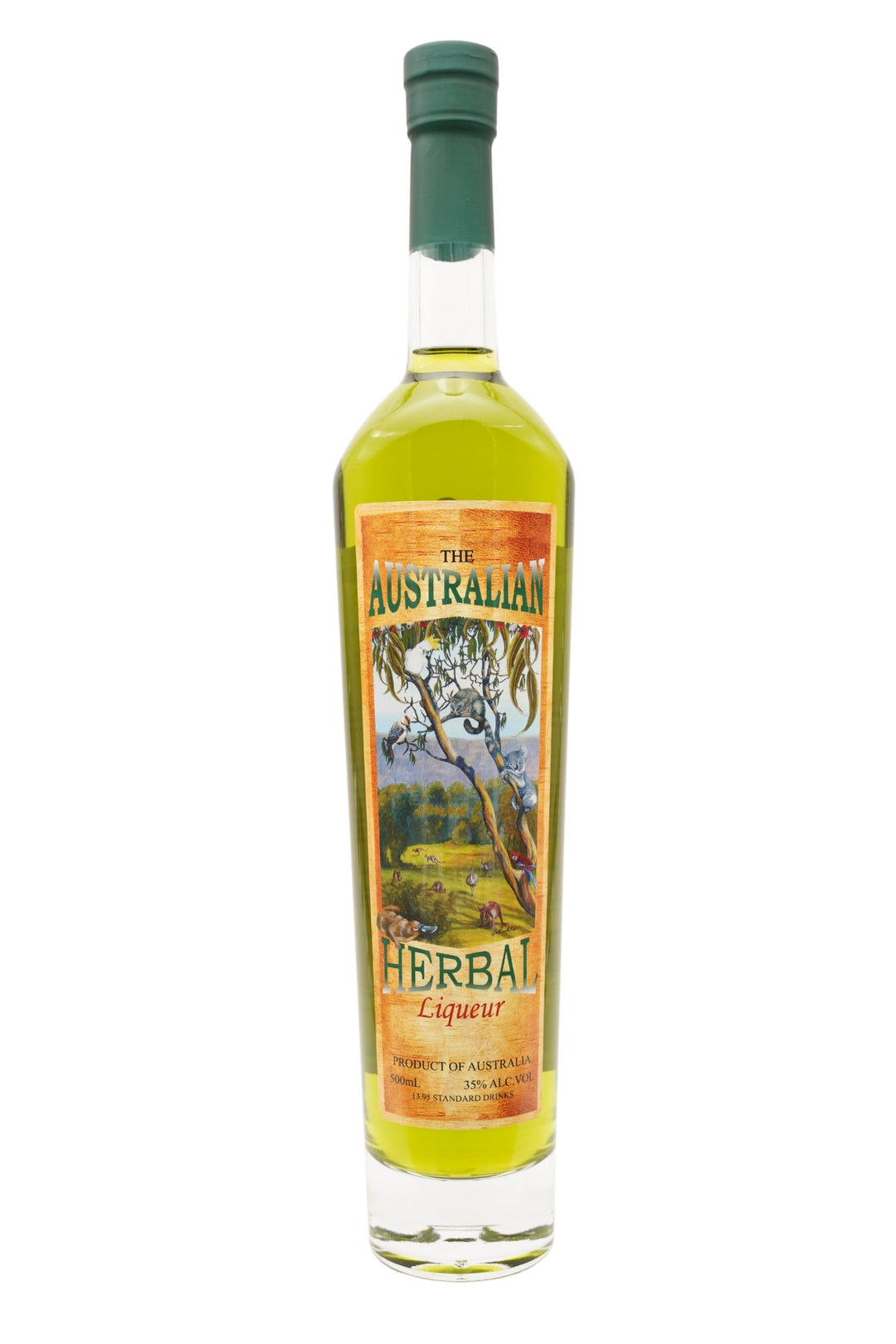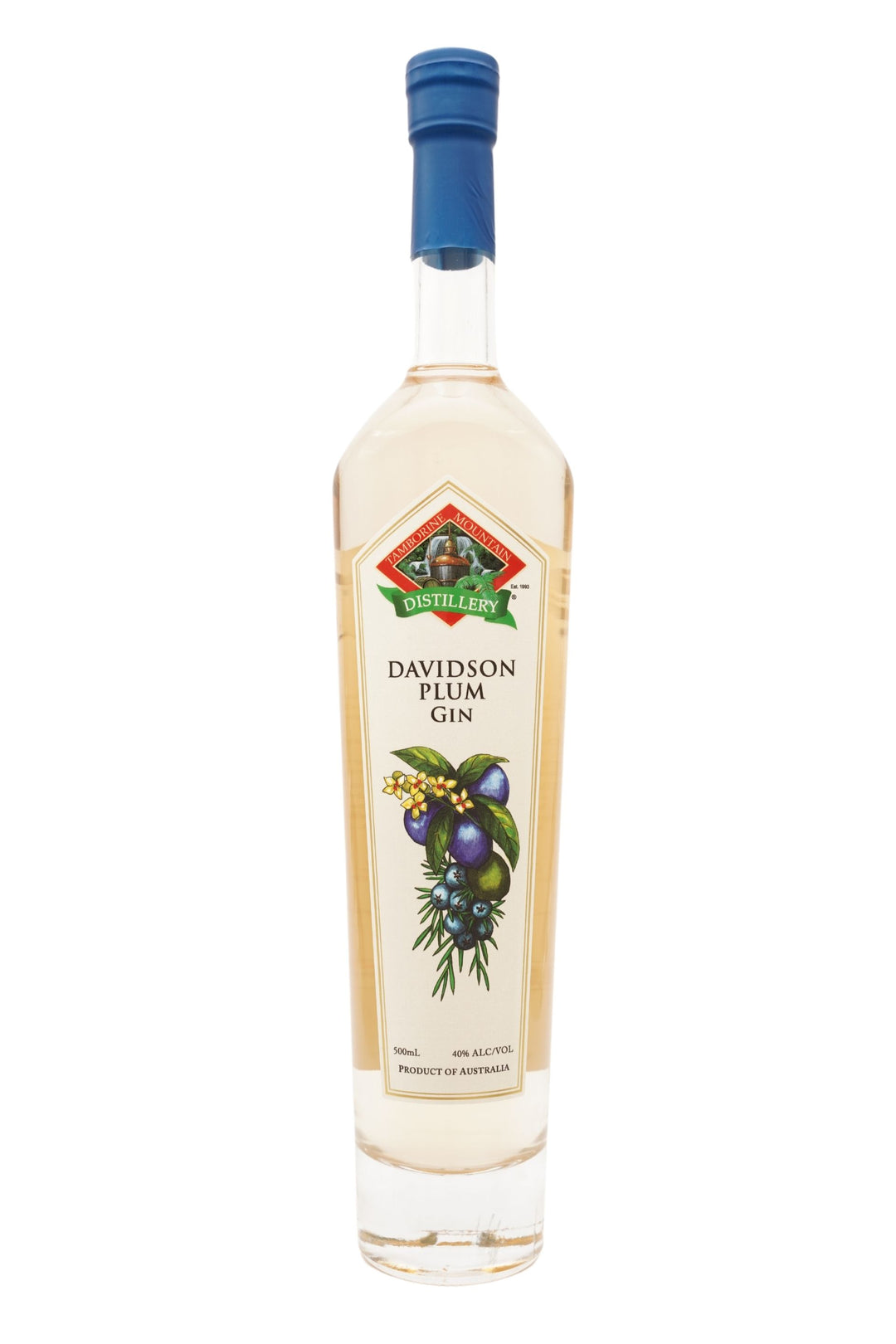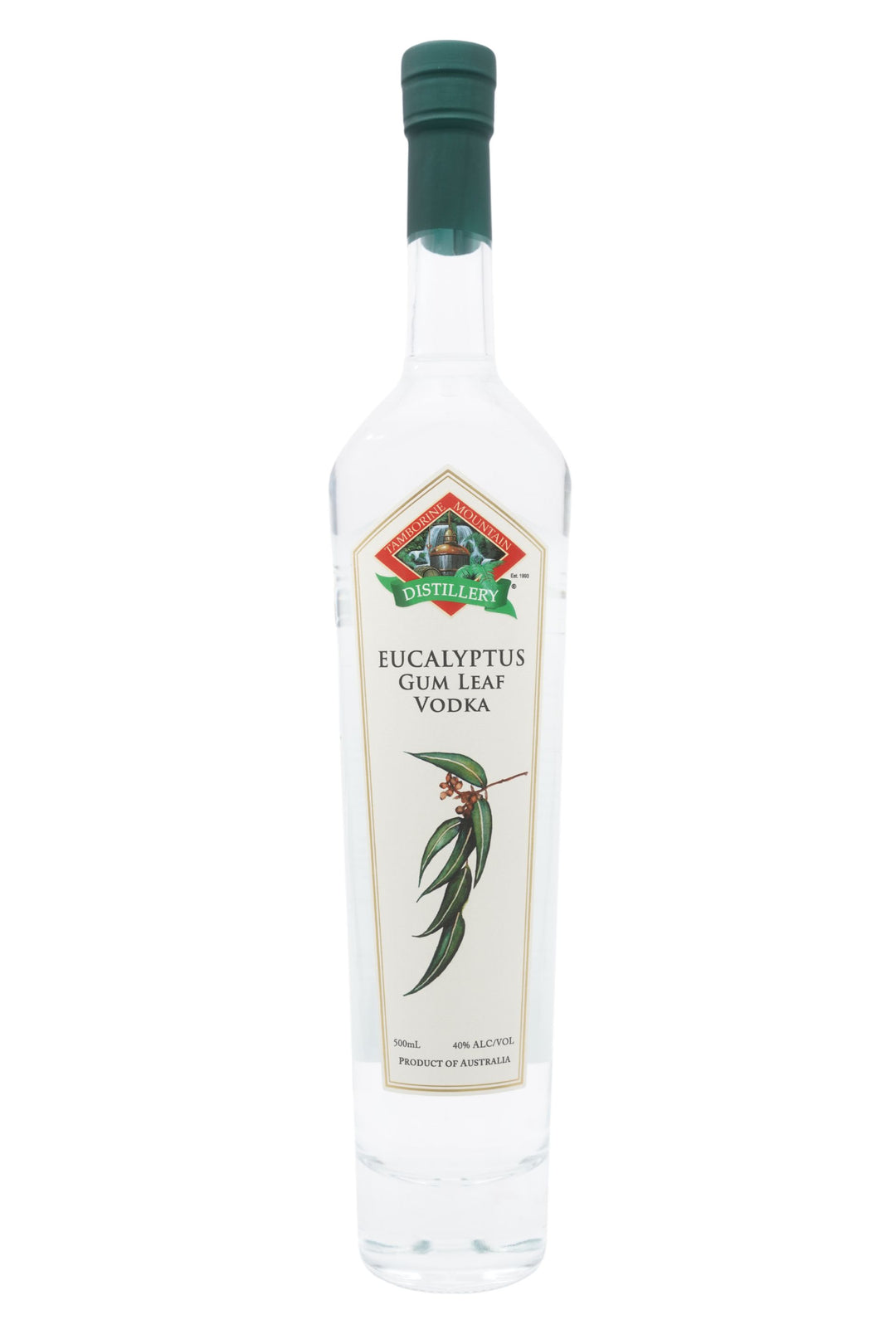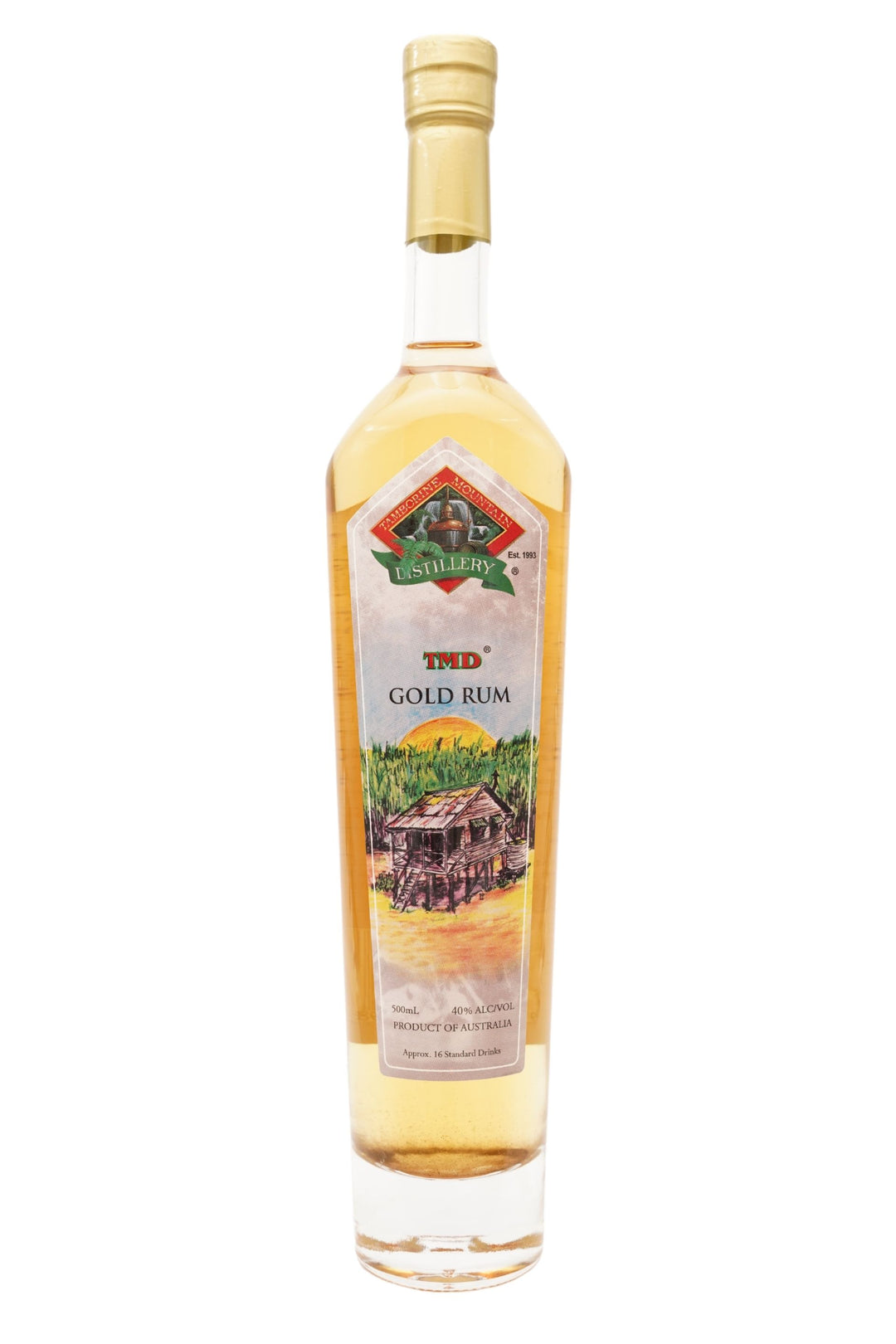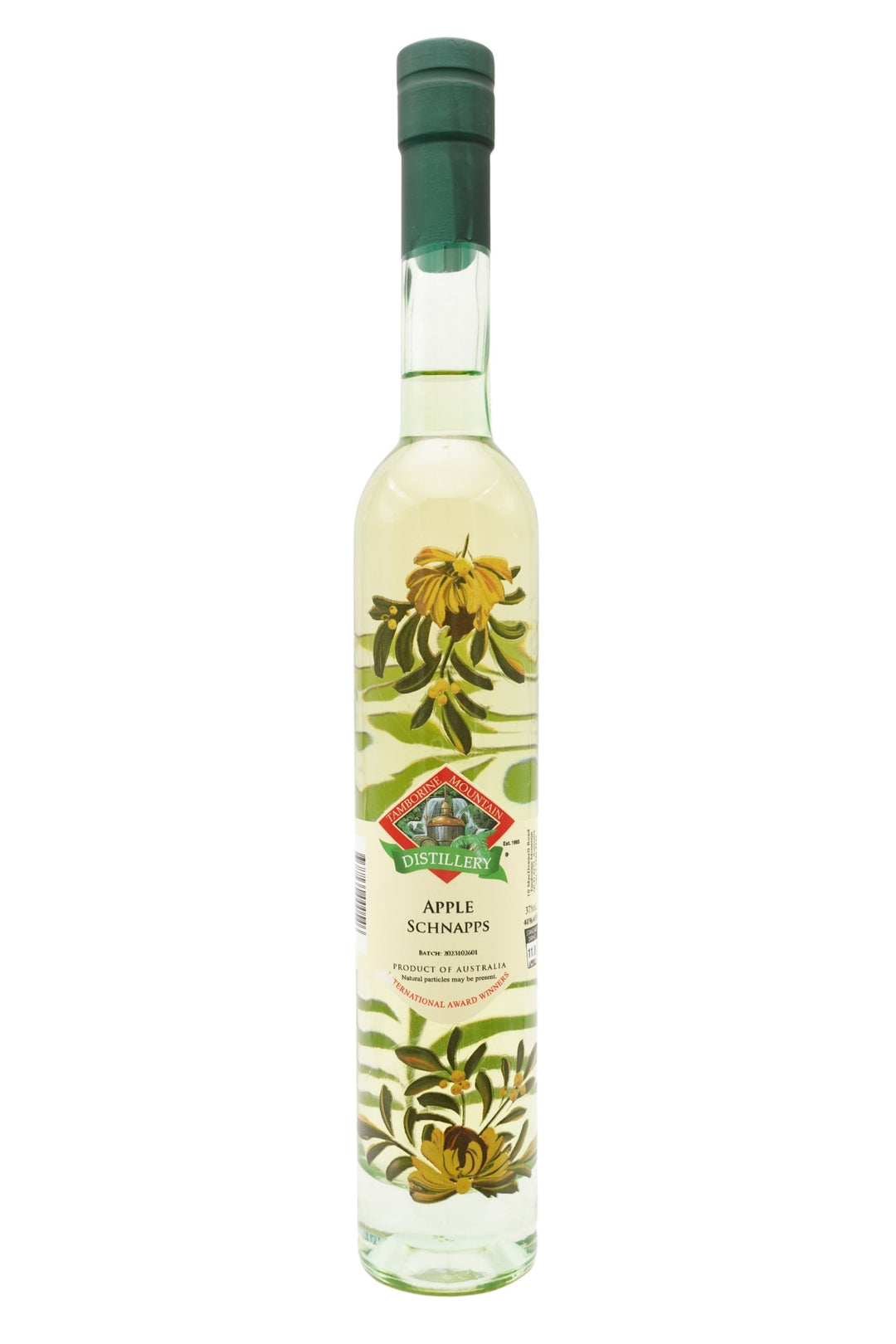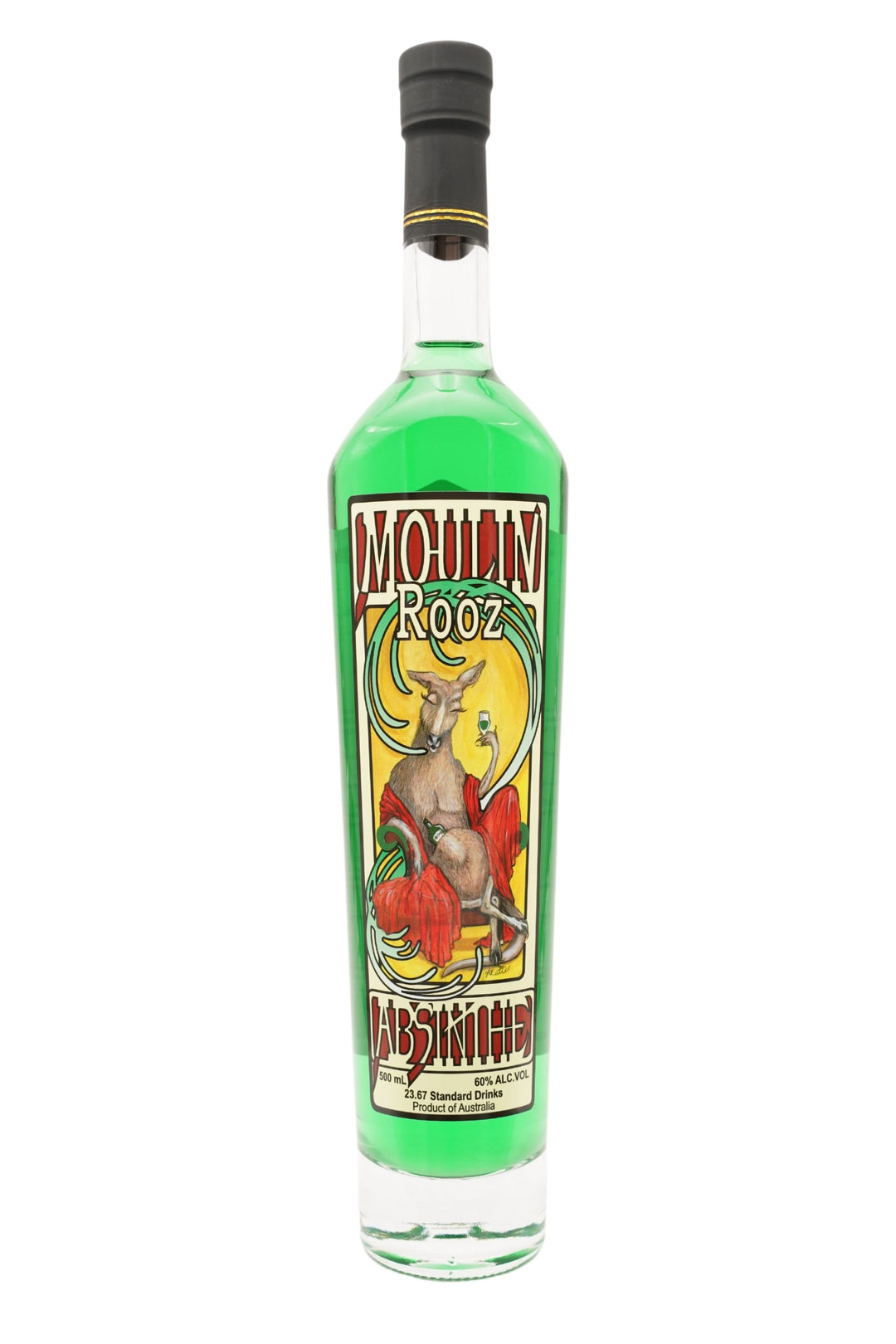What You Need To Know About Absinthe
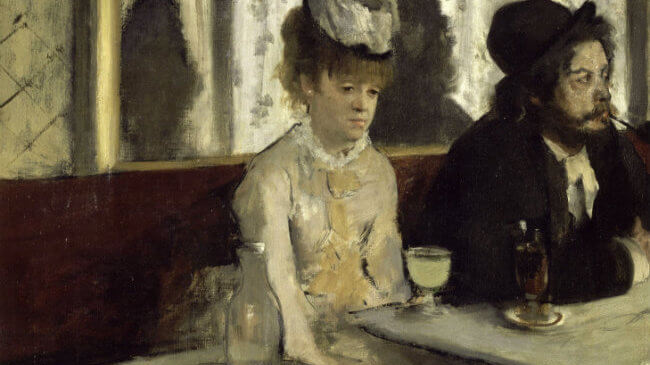
Absinthe: History, Origins, and How to Drink This Legendary Spirit
Absinthe is one of the most iconic spirits in history, but many people don’t know where it comes from, how to drink it, or what makes it so unique. In this guide, we explore the origins of absinthe, its fascinating history, and how to enjoy it properly, including the celebrated Moulin Rooz Absinthe, Australia’s first premium absinthe.
What Is Absinthe Made Of?
Absinthe is a legendary herbal spirit traditionally made from wormwood (Artemisia absinthium), green anise, sweet fennel, and other botanicals. Originally distilled in Switzerland in the late 18th century, it became a cultural phenomenon in 19th-century Paris. Today, absinthe is produced worldwide, including our award-winning Australian Moulin Rooz Absinthe.
► Explore our Moulin Rooz Absinthe

Origins of Absinthe

Who drank absinthe?
In the late 1850s, the phylloxera, an insect that attacks vines, ravaged two thirds of European vineyards in less than 10 years. Wine became scarce and expensive, only affordable by the bourgeoisie. The middle class sought an alternative: absinthe.
Unlike other liquors, absinthe had a reputation for stimulating creativity and unlocking hidden talents. It was often consumed by writers, artists, and poets seeking inspiration.
The hour of the aperitif—between five and seven—is nicknamed “L’Heure Verte” (the green hour), when everyone went to enjoy their absinthe. Famous absinthe drinkers included poets Baudelaire, Hemingway, and Rimbaud, who wrote about their experiences with the spirit. Painters such as Van Gogh, Manet, and Degas drew inspiration from absinthe’s colour and character to create some of their most famous works.

The Ban on Absinthe
In the early 19th century, absinthe was often blamed for hallucinations and violent behaviour when consumed in high doses. Its reputation as a dangerously mind-altering spirit spread widely.
Why Was Absinthe Banned?
In 1905, a sensational murder in Switzerland was attributed to absinthe. This incident sparked a campaign, driven in part by the recovering wine industry, to prohibit the spirit. The campaign succeeded, and absinthe was banned across much of Europe and North America.
The substance thujone, naturally present in wormwood, was thought to be responsible for absinthe’s psychoactive effects, which allegedly could cause violent or erratic behaviour. These fears led to strict bans on production and sale.
Re-Legalisation
By the 1990s and 2000s, absinthe began to be re-legalised in many countries, with regulations limiting the amount of thujone allowed. Modern research has shown that the supposed toxic effects of absinthe were largely exaggerated—the only real risk comes from its high alcohol content.

Absinthe in Australia
In Australia, absinthe has never been outright banned. However, importation and manufacture have historically required a permit due to restrictions on products containing “oil of wormwood.”
In 2000, an amendment classified all wormwood species as prohibited herbs under Food Standard 1.4.4, but this was later withdrawn in 2002 after inconsistencies were found in the broader Food Code. Today, absinthe can be legally manufactured and imported under the permit system.
Tamborine Mountain Distillery and Moulin Rooz
In 2007, Tamborine Mountain Distillery produced Australia’s first premium absinthe under the Moulin Rooz brand. Founders Michael and Alla Ward won their first gold medal that year at the World Spirits Competition for Moulin Rooz Absinthe, scoring an impressive 94 out of 100.

Why Choose Moulin Rooz Absinthe?
Our French-inspired brand, Moulin Rooz, is a playful nod to the famous Parisian cabaret Le Moulin Rouge, symbol of the glamorous “Belle Époque,” and at the same time a tribute to Australia, with the kangaroo subtly reflected in the name.
The label and design of Moulin Rooz are inspired by the Art Nouveau movement, celebrating bold colours, flowing lines, and intricate patterns—just like the spirit inside. Regarded as Australia’s first premium locally made absinthe, Moulin Rooz has captured international attention, winning nine awards worldwide since its launch in 2007.

A Modern Australian Take on a Classic
Moulin Rooz Absinthe stays true to traditional absinthe recipes, but with a distinctly Australian twist. Distilled multiple times and infused with Australian botanicals like lemon myrtle and aniseed myrtle, it balances the floral notes of elderflower and gentian with earthy flavours of hyssop, fennel, and of course, the signature wormwood. The result is a perfectly bitter, aromatic, and complex spirit—an expression of both classic absinthe and the Australian bush.
How to Drink Absinthe
Absinthe is a distilled herbal spirit known for its aniseed flavour and wide array of medicinal plants. While its taste can be compared to French pastis, Turkish raki, or Greek ouzo, absinthe’s complexity goes far beyond these spirits.
Traditionally, absinthe is diluted with water in a ritual called “la louche.” When water is added, the spirit becomes cloudy, releasing its full spectrum of aromas. The classic ratio is one part absinthe to two parts water, using very cold water. Ice cubes should not touch the absinthe directly, as they can numb the flavours.
The Ritual
Part of absinthe’s charm lies in its ceremonial serving:
-
The Absinthe Fountain: Dating back to the 19th century, this elegant device drips cold water over the absinthe, giving you precise control and enhancing the drinking experience.
-
The Absinthe Glass: Shaped like a corolla to allow optimal diffusion, the glass also provides an easy way to measure the spirit.
-
The Absinthe Spoon: A perforated spoon rests across the rim, holding a sugar cube. Water slowly drips over it, dissolving the sugar and sweetening the drink perfectly.

